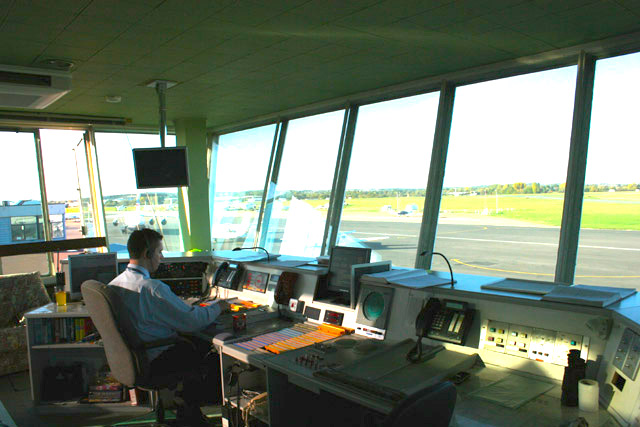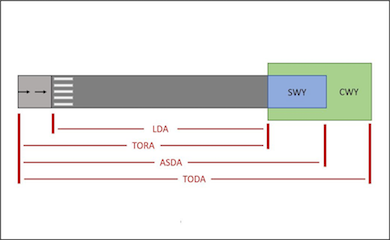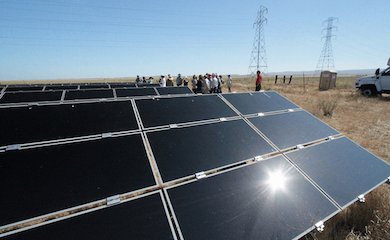Background
Digital ATC towers require no personnel on site and use cameras to monitor flights and runways. The images recorded are sent to a control centre where operators can monitor the activities.
Airports around the world have started replacing normal ATC towers with digital ones. The move is dictated mainly by the maturity of the technology, several benefits of implementing a digital ATC tower and the fact that old ATC towers are reaching the end of their life.

ATC personnel will not be required on site when airports replace ATC towers with digital ones.
Digital ATC tower benefits
Digital ATC towers provide several benefits compared to normal ATC towers:
- Improved controller’s awareness:
- more information can be displayed and overlayered on screens such as call-signs, aircraft altitude, location and speed,
- Can track moving objects from drones to helicopters.
- Cameras will record all the surroundings (360 degrees view) and displace them on 220 degrees screens,
- Controllers can zoom or dim the screen in order to improve the image,
- Images are constantly recorded, and in an event of an investigation can provide stronger evidence compared to current systems,
- Digital ATC towers have a smaller footprint compared to the conventional towers and masts can be easily elongated if new physical objects will obstruct their view [1] [2].
Benefits in regard to glint and glare
Pager Power has carried out a glint and glare assessments for a new solar and building development near a UK airport which currently implements a digital ATC tower. It was necessary to research information in order to estimate the potential impact of reflection reaching the digital cameras. The conclusion was the following:
- Cameras are similar to human eyes and if reflection reaches the lens the image can be severely affected,
- Cameras will not be able to move and avoid the reflection.
However, digital ATC towers have some significant advantages that can mitigate the effects of glint and glare, making a preferable solution compared to human controllers:
- Camera lenses will have polarised lenses,
- Not all cameras will be affected at the same time and other can be used to cover the section of the affected camera,
- Control personnel can dim the screen to improve image [3],
- Digital control towers implement instrumentation able to contrast direct sunlight which is considered a greater issue compared to reflected sun light.
Conclusion
Digital ATC towers are overall less affected by glint and glare compared to human controller. However, no guidance on such towers has been published by the FAA (Federal Aviation Administration) therefore same criteria may apply for digital ATC towers.
At Pager Power we have carried out more than 350 glint and glare assessments for both building and solar developments across the world. These assessments also include reflectivity towards roads, aerodromes and railway lines.
References
[1] Remote control: investigating the UK’s first digital ATC tower, Airport Technology, date: 5th November 2018, last access: 14th May 2019.
[2] London City Airport: A new era of air traffic control, Alison FitzGerald, date: 19th June 2019, last access: 14th May 2019.
[3] First Digital Tower in the UK Goes Active, 18 Dec 2018, David Donald, last access: 14th May 2019.
Image accreditation: ATC_Southend_Airport_-_geograph.org.uk_-_598754.jpg



